5 Actionable Steps to Improve Website Crawlability


Introduction: Unlocking the Power of Crawlability
In the dynamic world of digital marketing, a website's ability to be crawled and indexed by search engines is a crucial factor in determining its visibility and success. Crawlability, the ease with which search engine bots can navigate and understand a website's content, is the foundation for optimal search engine optimization (SEO) and organic traffic growth.

Improving website crawlability is a fundamental strategy for enhancing your online presence and driving more qualified leads to your business. By ensuring your site is easily navigable and presents clear, relevant information, you can significantly boost your chances of ranking higher in search engine results pages (SERPs), ultimately leading to increased visibility, engagement, and conversions.
In this comprehensive guide, we will explore five actionable steps you can take to improve your website's crawlability and unlock its full potential. From optimizing your site structure to enhancing your content, we'll provide you with the insights and best practices to make your website more accessible and appealing to search engine bots, ultimately driving more qualified traffic to your online business.
Step 1: Optimize Your Site Structure
The foundation of a highly crawlable website begins with its structure. A well-organized, intuitive site architecture not only enhances the user experience but also makes it easier for search engine bots to navigate and understand the relationships between your pages. By implementing a strategic site structure, you can significantly improve your website's crawlability and, in turn, its search engine visibility.
Establish a Clear Hierarchy
One of the key aspects of optimizing your site structure is creating a clear, logical hierarchy. This involves organizing your pages in a way that reflects the overall structure of your website and the relationships between different content categories and subcategories.

Start by identifying your website's main sections or themes, and then create a hierarchical structure that logically arranges your pages under these higher-level categories. This can be accomplished through the use of well-structured navigation menus, breadcrumb trails, and internal linking strategies.
Implement Intuitive Navigation
Alongside a clear hierarchical structure, your website should feature an intuitive navigation system that allows both users and search engine bots to easily understand and explore your content. This includes:
- Main Navigation Menu: Ensure your main navigation menu is clear, concise, and accurately reflects the hierarchy of your website.
- Breadcrumb Trails: Incorporate breadcrumb trails that visually represent the user's current location within the site structure, making it easier for them to navigate back to higher-level pages.
- Internal Linking: Strategically link related pages within your content, creating a network of connections that search engines can follow to better understand the relationships between your content.

By optimizing your site structure and navigation, you'll not only improve the user experience but also make it simpler for search engine bots to crawl and index your website, leading to better visibility and higher rankings in SERPs.
Leverage Sitemaps
Sitemaps are essential tools for improving website crawlability. These XML files provide search engines with a comprehensive overview of your website's structure, including the URLs of all your pages, their relationships, and any updates or changes to your content.

By submitting your sitemap to search engines, you're essentially "guiding" the bots through your website, making it easier for them to discover and index your content. Additionally, sitemaps can help identify any potential issues, such as broken links or pages that are not being properly crawled, allowing you to address them promptly.
Step 2: Optimize Your Content for Crawlability
The content on your website is the heart of its crawlability. Search engine bots are designed to analyze and understand the information you provide, so optimizing your content for their needs is crucial for improving your website's visibility and ranking.
Enhance Page Titles and Meta Descriptions
The title and meta description of each page are the first things search engine bots will encounter when crawling your website. These elements play a vital role in helping bots understand the content and context of your pages.

Ensure your page titles are concise, keyword-rich, and accurately reflect the content of the page. Meta descriptions should be engaging, informative, and provide a compelling summary of what the user can expect to find on the page.
Optimize Page Content
The actual content on your pages is the primary source of information for search engine bots. To improve crawlability, focus on creating high-quality, relevant, and well-structured content that clearly communicates your message and provides value to your audience.
- Use Appropriate Headings: Organize your content using proper HTML heading tags (H1, H2, H3, etc.) to create a clear structure that helps search engines understand the hierarchy and main topics of your page.
- Incorporate Relevant Keywords: Include your target keywords and related phrases naturally throughout your content, ensuring they are contextually relevant and add value to the user experience.
- Ensure Textual Clarity: Write in a clear, concise manner, avoiding unnecessary jargon or complex language that could confuse both users and search engine bots.
- Provide Comprehensive Information: Strive to create in-depth, informative content that thoroughly addresses the user's query or need, rather than thin or superficial pages.
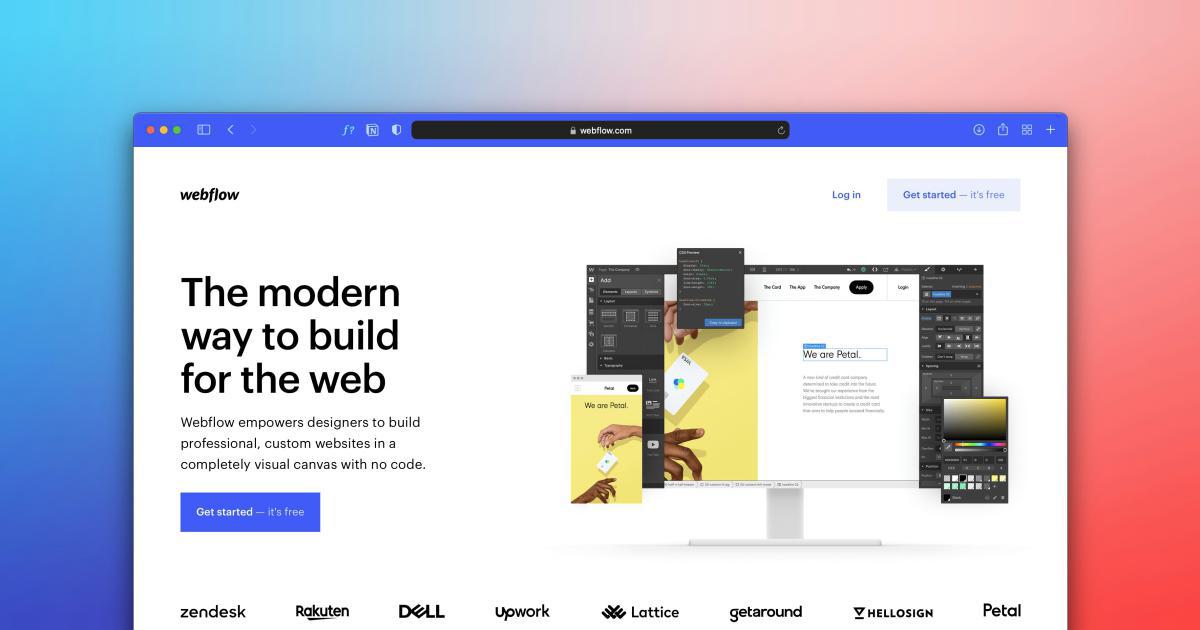
By optimizing your page titles, meta descriptions, and content, you'll make it easier for search engine bots to understand the context and relevance of your pages, leading to improved crawlability and better visibility in SERPs.
Leverage Structured Data
Structured data, also known as schema markup, is a way of providing additional context and information about your web pages to search engines. By incorporating structured data into your HTML, you can help search bots better understand the content and features of your pages, leading to more accurate and rich snippets in search results.
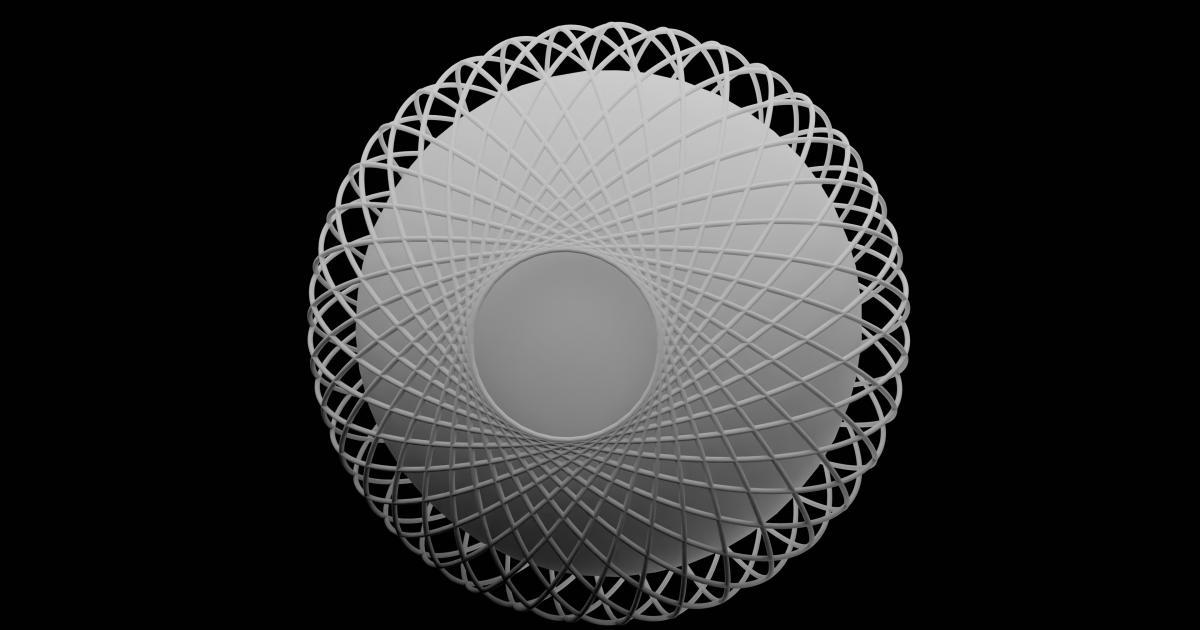
Some common types of structured data that can improve crawlability include:
- Product Information: Provide details about the products or services you offer, such as pricing, availability, and reviews.
- Article Metadata: Give search engines more context about the content and purpose of your blog posts or articles.
- Organization Details: Share information about your business, such as its name, address, and contact details.
By incorporating relevant structured data into your website, you can enhance the way search engines interpret and display your content, ultimately improving its visibility and driving more qualified traffic to your site.
Step 3: Optimize Images and Media
Images, videos, and other multimedia elements are integral parts of modern websites, but they can also impact your website's crawlability if not properly optimized. Search engine bots may have difficulty understanding and indexing these visual and audiovisual elements, so it's crucial to ensure they are optimized for crawlability.
Optimize Image File Names and Alt Text
When it comes to images, the file names and alt text can significantly influence how search engines interpret and index them.

- File Names: Use descriptive, keyword-rich file names that accurately reflect the content of the image, rather than generic names like "IMG_1234.jpg."
- Alt Text: Provide concise, informative alt text that describes the image in detail, helping search engines understand its context and relevance.
Compress and Optimize Media Files
Large, unoptimized media files can slow down your website's loading speed, which can negatively impact both user experience and crawlability. Ensure your images, videos, and other multimedia elements are properly compressed and optimized for the web.

- Image Compression: Use tools or plugins to reduce the file size of your images without compromising quality.
- Video Optimization: Encode your videos in web-friendly formats and consider using content delivery networks (CDNs) to improve loading times.
Create Transcripts and Captions
For video and audio content, providing transcripts and captions can improve crawlability by making the textual content of these elements accessible to search engine bots.

Transcripts and captions not only help search engines understand the content of your multimedia elements but also enhance accessibility for users who may have difficulty consuming audio or video content.
Step 4: Enhance Technical SEO Elements
In addition to optimizing your content and media, there are several technical aspects of your website that can significantly impact its crawlability. Addressing these technical SEO elements is crucial for ensuring search engine bots can effectively navigate and index your website.
Implement a Mobile-Friendly Design
With the increasing prevalence of mobile device usage, it's essential to ensure your website is optimized for mobile compatibility. Search engines, such as Google, now prioritize mobile-friendly websites in their rankings, so a responsive, mobile-optimized design is crucial for improving crawlability.
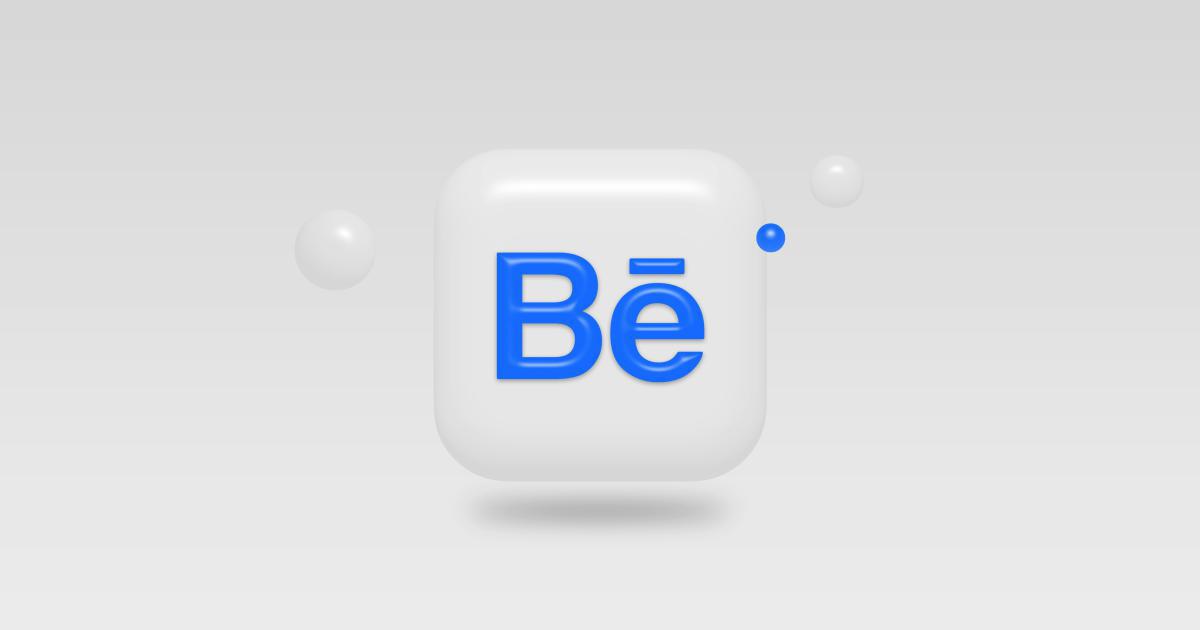
Ensure your website adapts seamlessly to different screen sizes and provides a smooth, user-friendly experience on mobile devices. This can involve techniques like responsive design, mobile-specific content optimization, and the use of accelerated mobile pages (AMP).
Optimize Page Loading Speed
Slow-loading pages can be a significant deterrent for both users and search engine bots, negatively impacting your website's crawlability and overall performance. Take steps to optimize your website's loading speed, such as:
- Compressing and Optimizing Assets: Minimize the file size of your images, scripts, and other resources.
- Leveraging Browser Caching: Enable browser caching to reduce the need for repeat downloads of static assets.
- Employing Content Delivery Networks (CDNs): Use CDNs to distribute your content from servers closer to your users, reducing latency.
- Implementing Lazy Loading: Load resources only when they are needed, rather than loading everything upfront.

By improving your website's loading speed, you'll not only enhance the user experience but also make it easier for search engine bots to crawl and index your content efficiently.
Ensure Proper Redirects and Avoid Broken Links
Broken links and incorrect redirects can create frustration for users and hinder the crawlability of your website. Regularly audit your site for any broken internal or external links, and implement proper 301 or 302 redirects to guide both users and search engine bots to the correct destination.

Maintaining a clean, well-structured link architecture is crucial for ensuring seamless navigation and improved crawlability across your website.
Step 5: Monitor and Optimize Continuously
Improving website crawlability is an ongoing process that requires continuous monitoring and optimization. Search engine algorithms and user behavior are constantly evolving, so it's essential to regularly review and update your crawlability strategies to maintain a competitive edge.
Leverage Analytics and Webmaster Tools
Utilize powerful analytics and webmaster tools to gain valuable insights into your website's crawlability and performance. Tools like Google Analytics, Google Search Console, and Bing Webmaster Tools can provide you with crucial data and reports on:
- Crawl Errors: Identify any pages or resources that are not being properly crawled or indexed by search engines.
- Sitemap Submissions: Monitor the status of your sitemap submissions and any potential issues.
- Indexing Status: Track the number of pages that have been successfully indexed by search engines.
- Crawl Budget: Understand how search engine bots are allocating their resources when crawling your website.
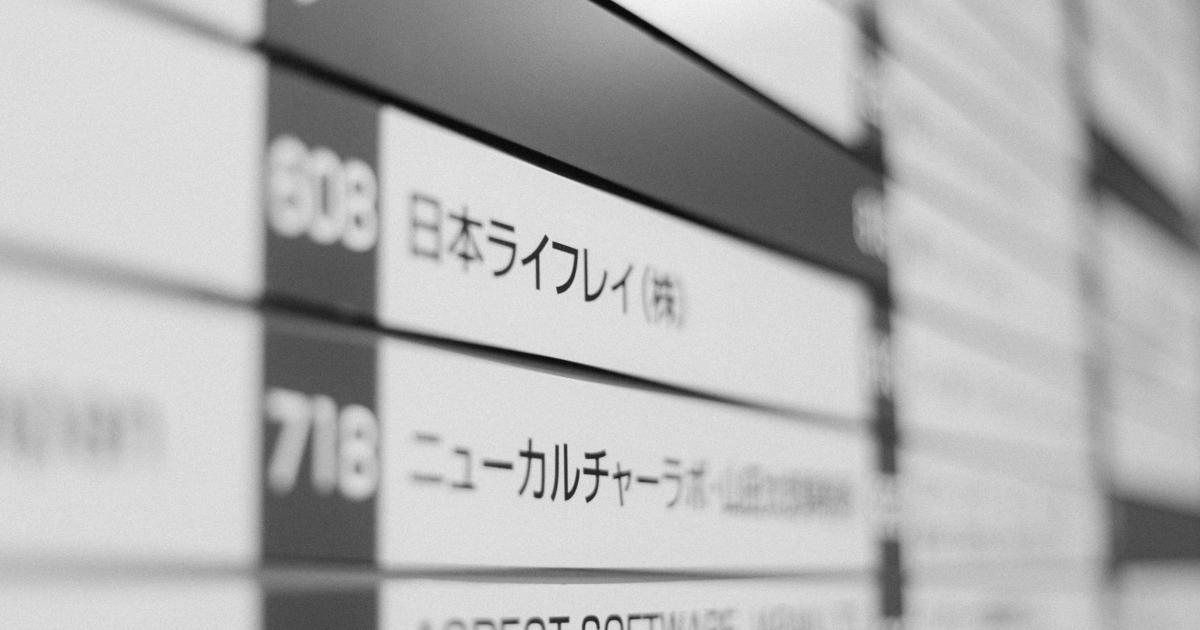
By regularly reviewing and acting on the insights provided by these tools, you can continuously optimize your website's crawlability and ensure it remains visible and accessible to search engines.
Implement Ongoing Audits and Refinements
Conduct periodic crawlability audits to identify any areas for improvement, such as:
- Content Quality: Assess the relevance, depth, and optimization of your website's content.
- Technical Factors: Evaluate the performance, mobile-friendliness, and overall technical health of your website.
- Link Structure: Analyze your internal and external linking patterns to ensure they are optimized for crawlability.
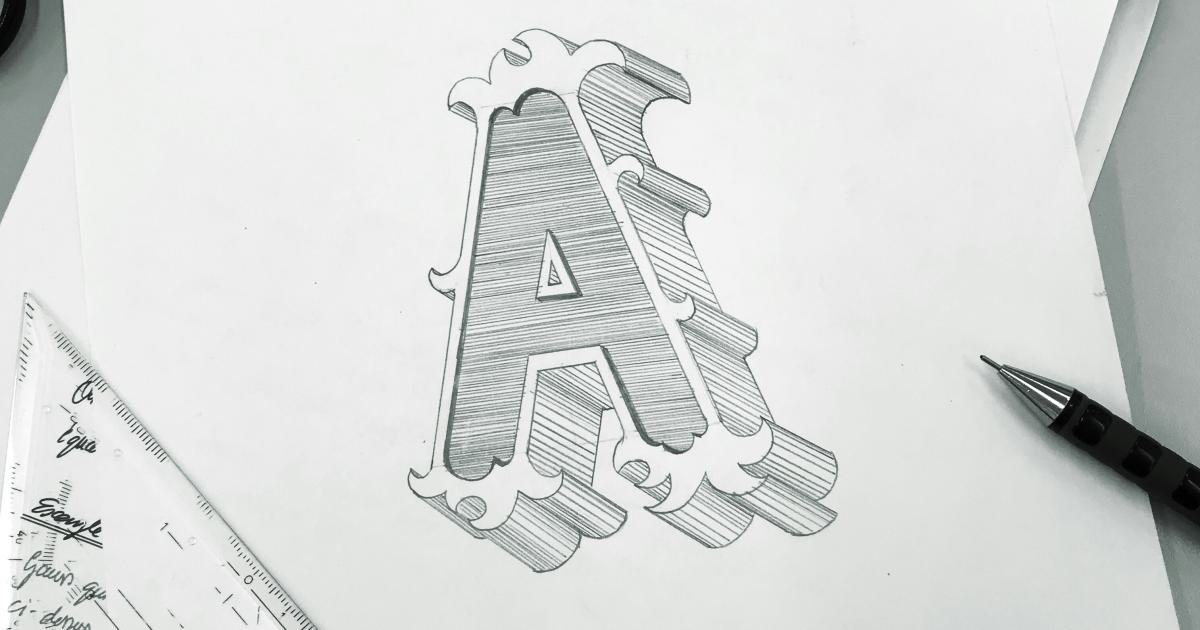
Based on the insights gained from these audits, make the necessary refinements and updates to your website, continuously improving its crawlability and ensuring it remains competitive in the ever-evolving digital landscape.
Conclusion: Mastering Website Crawlability for Long-Term Success
By implementing the five actionable steps outlined in this comprehensive guide, you can significantly enhance your website's crawlability and unlock its full potential for improved search engine visibility, increased organic traffic, and long-term business success.
Remember, the journey to improving website crawlability is an ongoing process that requires diligence, adaptability, and a commitment to continuous optimization. Stay vigilant, monitor your progress, and be ready to refine your strategies as the digital landscape evolves.
Embrace the power of crawlability and watch your online presence soar to new heights!